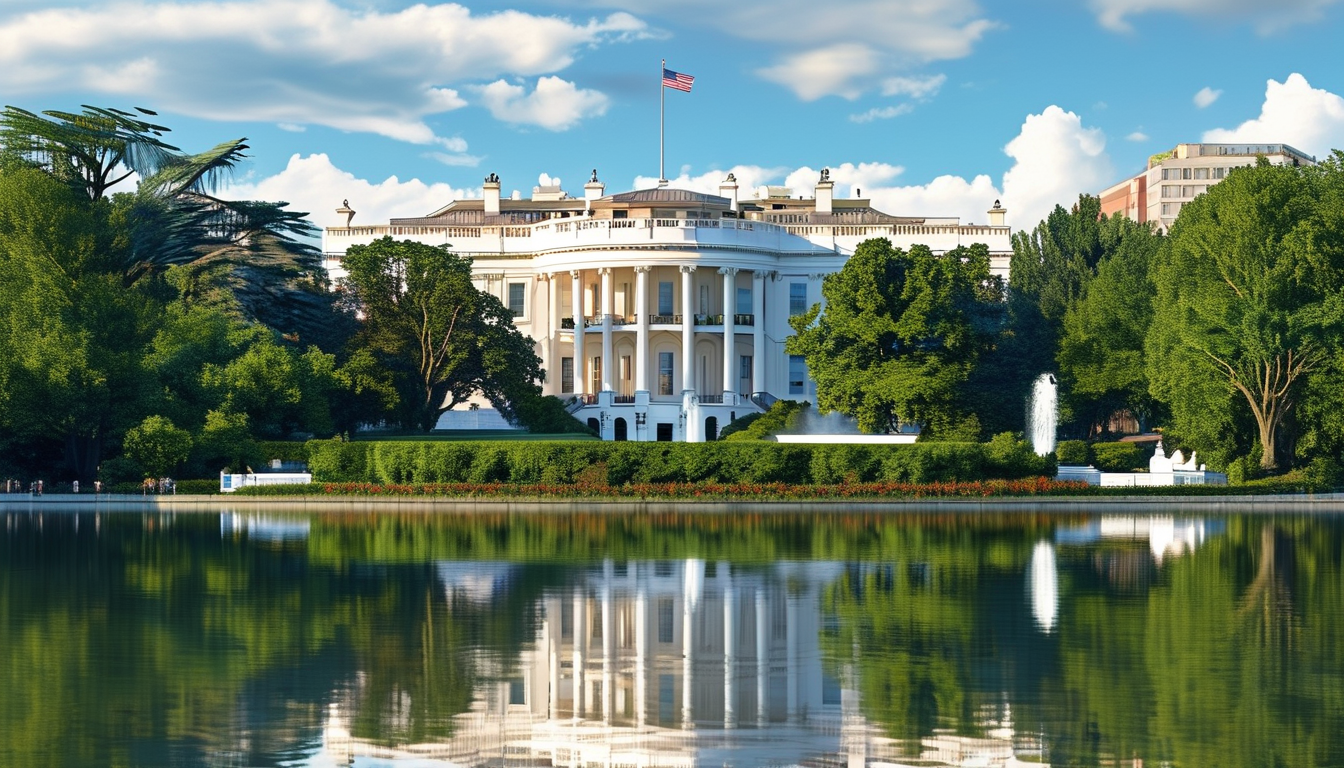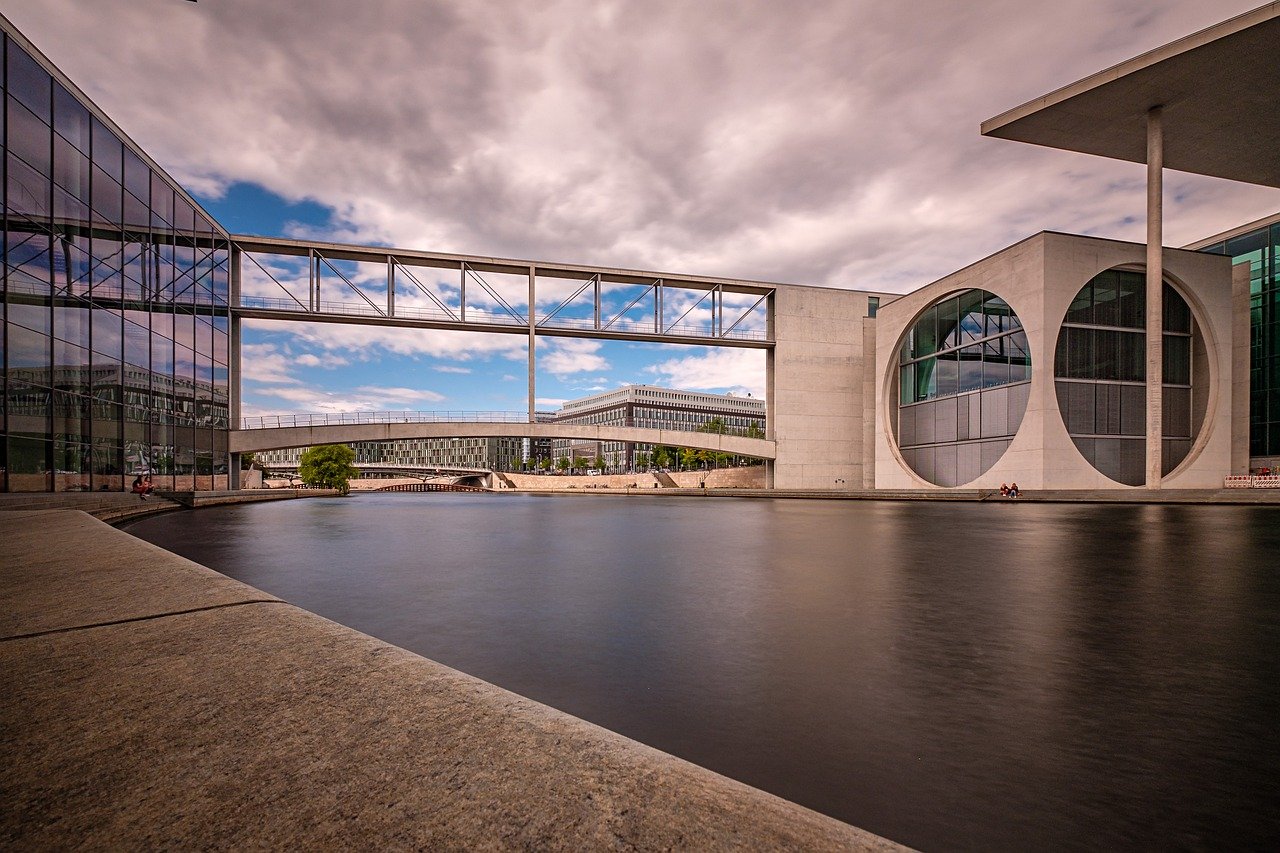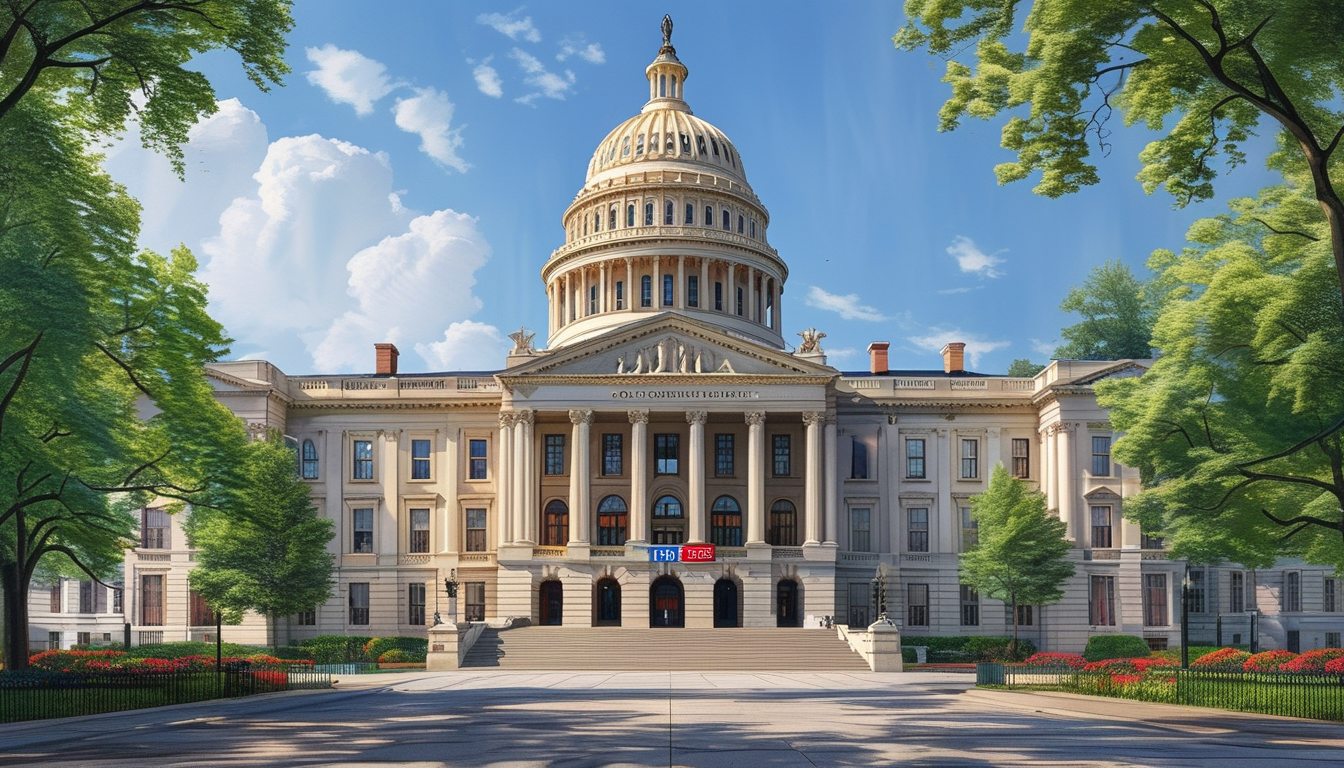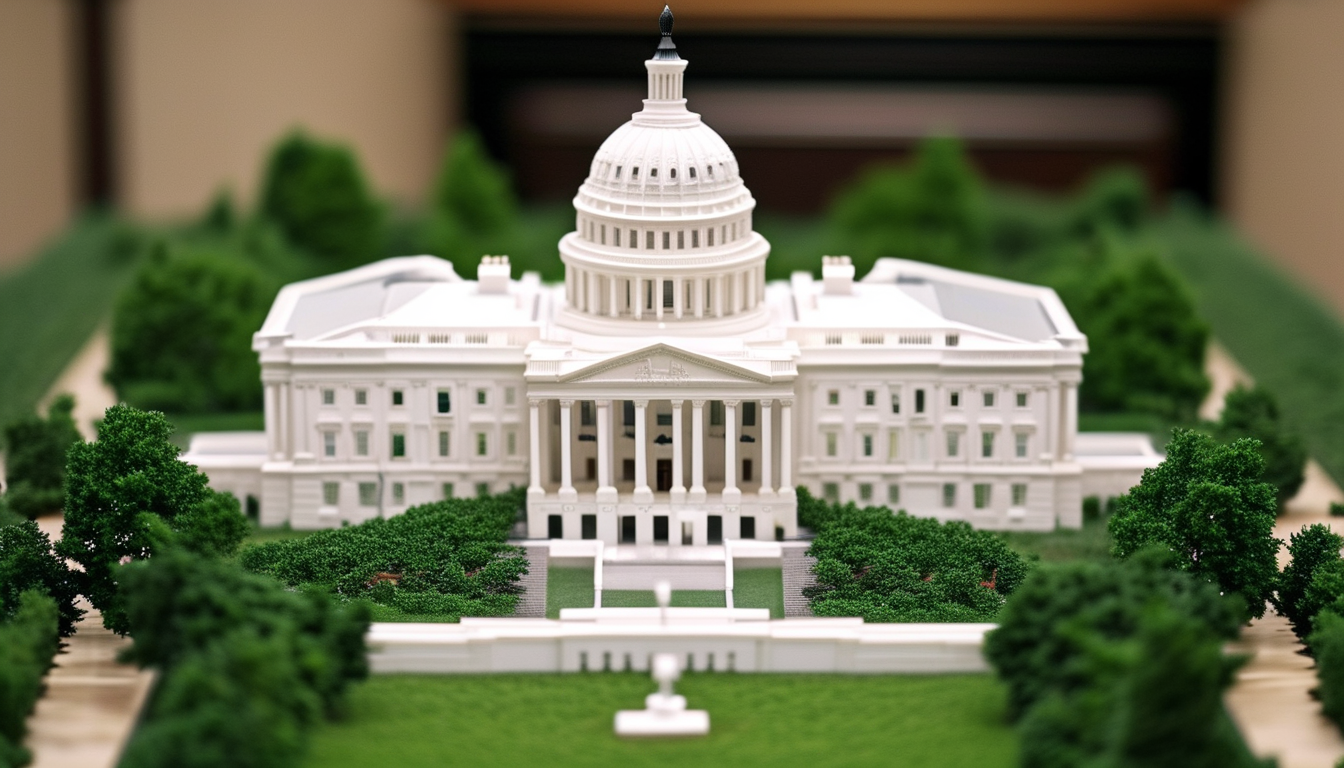The White House has begun demolition work in a portion of the East Wing to prepare for construction of a new presidential ballroom championed by President Donald Trump, according to reporting by CBS News. The project marks one of the most significant alterations to the executive complex in recent years and has prompted fresh scrutiny of how changes to the historic site are reviewed, funded, and explained to the public.
White House officials have offered few details on the scope, cost, or timeline of the undertaking. CBS News reported the work is tied to a plan to create a large, secure venue for official functions—an alternative to relying on the East Room or temporary structures on the South Lawn. The East Wing, which houses offices and public entry areas, has long served as the gateway for tours and ceremonial events; any reconfiguration there typically requires careful coordination to limit disruptions and preserve the building’s character.
The demolition and build-out raise procedural questions that customarily accompany alterations to the White House grounds, including what reviews are required and which agencies are engaged. While the Executive Residence sits within President’s Park and is intertwined with National Park Service stewardship and other federal design bodies, details about approvals, preservation safeguards, and public reporting were not immediately available. CBS News noted the administration did not provide comprehensive answers about how the project is being financed or what formal reviews have taken place.
Supporters of the ballroom concept argue that a purpose-built indoor venue could enhance security planning and reduce logistical costs for large-scale events hosted by the president. Preservation advocates and some lawmakers, meanwhile, are seeking transparency on whether the work affects historically significant spaces, how the project aligns with federal preservation standards, and whether private donations or appropriated funds are being used.
The White House has periodically undergone renovations across administrations—from structural overhauls in the mid-20th century to more recent updates to public spaces and amenities. But changes that alter floor plans or exterior envelopes typically draw heightened attention given the residence’s symbolic and historic status. For now, officials have not publicly provided a completion date for the ballroom, and it remains unclear how long East Wing operations or public access may be affected as construction progresses.












Leave a Reply